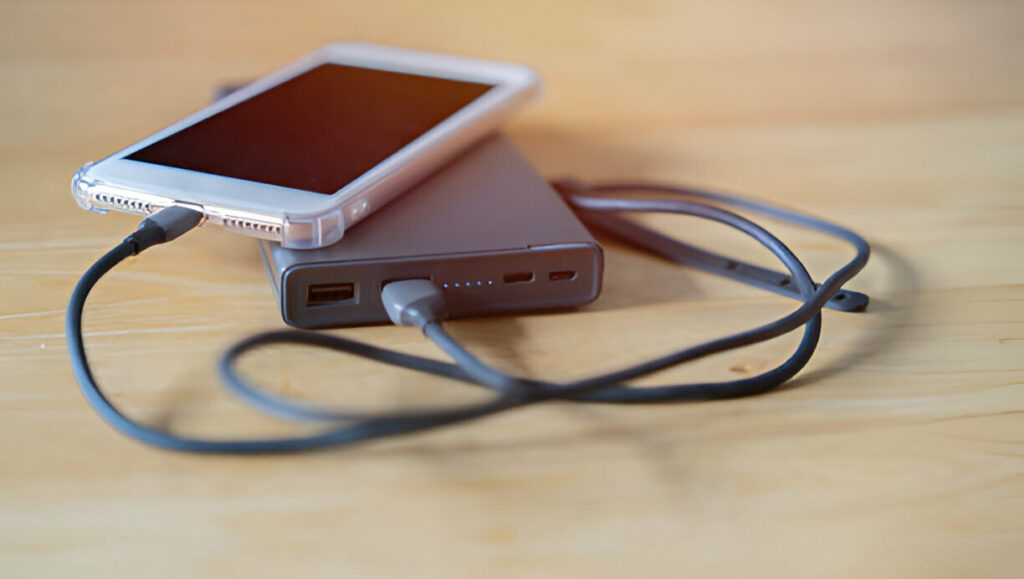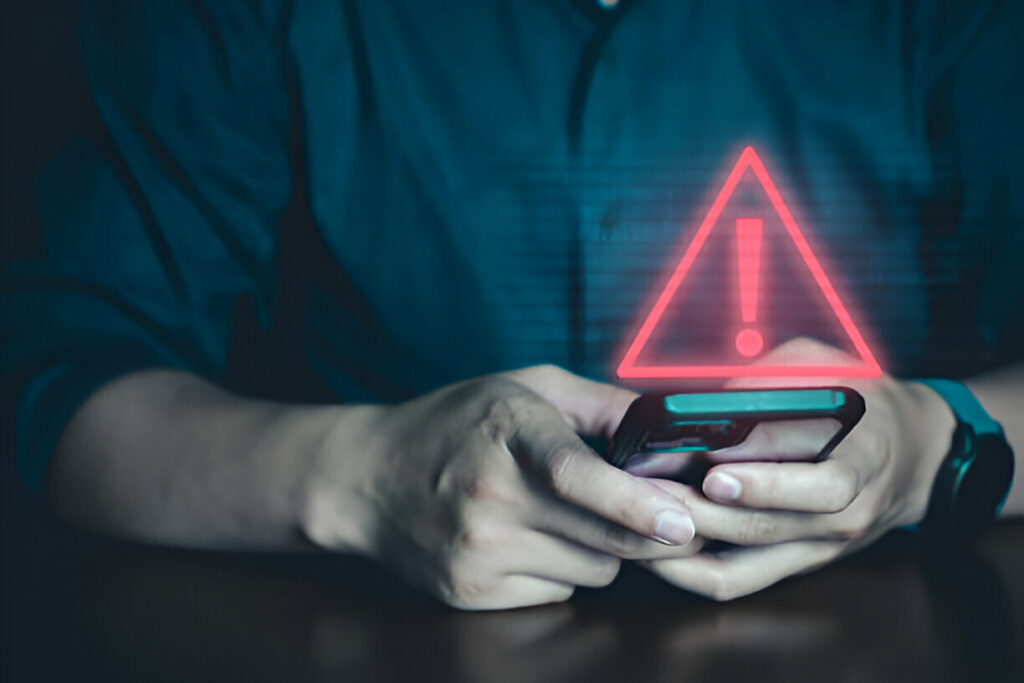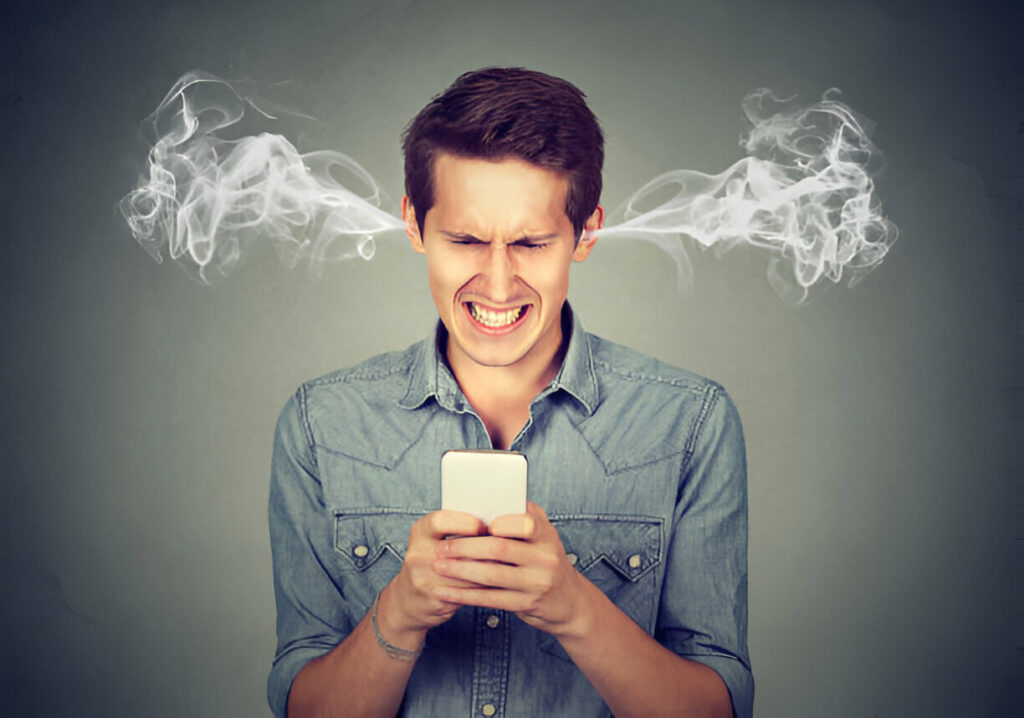iPhone Problems: Why Your Charger May Not Be Working and What to Do

These are common iPhone problems that people go through in iPhone charging; therefore, they can lead to your daily routine being disrupted. Knowing such common faults like iPhone charging port problems and employing the remedies as presented above in this article will enable you to empower the charging of your iPhone and hence its lifespan. Heading: iPhone Charger Are you suffering from charging woes on your iPhone? Issues such as damaged charging ports, slow charging, and others will be most likely found in our detailed guide on how to fix them, so that your phone can get all the juice it deserves. Packing Common iPhone Charging Problems IPhone charging problems can be of different origins, starting from a broken charging port and ending with the wrong charger. In this piece, we focus on the common culprits that might bar your iPhone from charging and the practicable solutions on how you can sort them out. Understanding iPhone Charging Port Problems If your iPhone Charging Port problems, then the first place to check is the charging port of your iPhone. At times, debris or damage to the port can stop the charger from establishing good contact with it either by failing to charge properly or by charging off and on. How to Spot and Fix iPhone Charging Port Damage Fix iPhone Charging Port Damage If there is any problem in the charging port of your iPhone, then it may be that at times, a charger may not properly fit into it or sometimes your phone might not respond to a charger. If the charging port of your iPhone is not working well, use a very tiny non-metallic device to clean out all the lint, dust, or debris from it. If the damage is serious, it is advisable to contact professional repair personnel in order to avoid further problems. Slow Charging: Another Angle on iPhone Charging Problems In the process of preventing global my iPhone Charging Slow could be as problematic as my iPhone not charging at all. It might come about as a result of use of a non-original charger, use of outdated software, and background apps that overuse the power. Be sure to use an Apple-certified charger, then update the iPhone to the latest iOS version. Fix your iPhone’s charging port problem on your own Some of the issues that the iPhone could be having, like a minor problem with the charging port, should be fixed at home. Just ensure that the port is clean and try adjusting the charging cable or even trying a different power source. If it persists, a keen examination by a professional might be needed. So, when do you need to seek professional help to replace your iPhone charging port? If all your efforts at cleaning and troubleshooting to fix the problem with your iPhone charging port prove completely fruitless, then it just might be time for you to human up and seek professional help. Certified technicians can provide comprehensive checkup services and also perform the required repairs without causing further damage to your iPhone. Preventative Measures: Avoiding Possible Future iPhone Charging Problems Therefore, for the future, use only Apple-certified charging accessories, and keep the charging port clean. Don’t charge your iPhone in dusty or moist environments. Just be sure to keep your iPhone updated with the latest software so that you never have to face any charging problem from software.
iPhone problems Connectivity : Wi-Fi, Bluetooth, and how to fix them

When it comes to iPhone problems, few things are as frustrating as connectivity issues. Whether it’s unreliable Wi-Fi connections, persistent iPhone Bluetooth problems, or unexpected disruptions, these issues can significantly impact your user experience. In this detailed guide, we’ll explore the common connectivity problems iPhone users face, including iPhone Wi-Fi issues and iPhone Bluetooth connection issues, and provide practical solutions to get your device back in perfect working order. Identifying iPhone Wi-Fi Issues One common iPhone problem many users encounter is a faulty Wi-Fi connection. Whether your iPhone fails to connect to Wi-Fi or the connection drops frequently, the first step is to ensure the problem isn’t with the router or network itself. Check other devices in your home to see if they’re also experiencing connectivity issues. If it’s just your iPhone, you might be dealing with an iPhone Wi-Fi issue that needs specific attention. Troubleshooting iPhone Bluetooth Connection Issues iPhone Bluetooth problems often manifest as failed pairings or intermittent connectivity with devices like earphones, car systems, or fitness trackers. A good starting point is to check if your iPhone is up to date. An iPhone Bluetooth update can resolve many of these issues by fixing bugs or compatibility problems in previous software versions. Updating Your iPhone: Solving Bluetooth and Wi-Fi Problems Sometimes, a simple software update is all it takes to resolve iPhone problems. For issues related to iPhone Wi-Fi issues and iPhone Bluetooth problems, ensuring your device’s operating system is up-to-date is crucial. Go to Settings > General > Software Update and download the latest iOS version, which often includes fixes for connectivity bugs. Resetting Network Settings to Fix iPhone Connectivity If updates don’t resolve the issue, consider resetting your network settings. This action will erase all current network settings, including saved Wi-Fi networks and Bluetooth connections, which can help eliminate underlying issues causing iPhone Wi-Fi issues and iPhone Bluetooth connection issues. Dealing with Persistent iPhone Bluetooth Connection Issues If you’ve updated your iPhone and reset network settings but still face iPhone Bluetooth connection issues, try forgetting the device you’re trying to connect to. Go to Settings > Bluetooth, find the device, tap on the “i” icon next to it, and select “Forget This Device.” Re-pair the device to see if this resolves the issue. Ensuring iPhone Mail and Connectivity Work Hand-in-Hand For users experiencing iPhone mail not working issues in tandem with connectivity problems, it’s vital to check both Wi-Fi and data connections. A stable connection is crucial for apps like Mail to function correctly, so resolving any iPhone Wi-Fi issue or data connectivity problem can help restore your Mail app’s functionality. Advanced Solutions for iPhone Connectivity Issues If basic troubleshooting doesn’t work, it might be time to delve deeper. Use tools like Apple’s Wireless Diagnostics on your Mac to gather more information about your Wi-Fi network. For Bluetooth, resetting all settings on your iPhone can sometimes clear persistent iPhone Bluetooth problems that simpler steps don’t fix. Conclusion: Stay Connected with Confidence By following these steps, you should be able to resolve most iPhone connectivity issues, whether they relate to Wi-Fi or Bluetooth. Remember, keeping your device updated and occasionally resetting your network settings can prevent many common issues from occurring in the first place.
10 Common iPhone Problems and How to Fix Them

Owning an iPhone comes with its set of challenges, despite its advanced technology and user-friendly design. In this post, we’ll dive into ten frequent iPhone Problems, including some notorious ones like the iPhone White Screen of Death and the dreaded Water Damaged iPhone. By understanding these problems and knowing the quick fixes, you can ensure your device runs smoothly. iPhone White Screen of Death The iPhone White Screen of Death is a startling problem where your iPhone’s screen turns completely white and becomes unresponsive. This issue often stems from a hardware failure or a severe software crash. To fix this, try a hard reset by pressing and holding the power and volume down buttons for about 10 seconds until you see the Apple logo. If this doesn’t work, connect your iPhone to iTunes and attempt a restore, which can help resolve deeper software issues. Water Damaged iPhone If you’re dealing with a Water Damaged iPhone, immediate action is crucial. First, turn off your iPhone to prevent short circuits. Remove any case and eject the SIM card tray to open up air paths. Avoid using a hair dryer as it can push water further inside; instead, leave your iPhone in a dry, ventilated place. If your iPhone doesn’t turn back on after a few days or shows erratic behaviour, it’s best to visit an Apple Store or a professional repair service. iPhone Battery Problems iPhone Battery Problems can be a major annoyance. To tackle this, start by checking which apps consume the most battery by going to Settings > Battery. You can also enable Low Power Mode to quickly reduce background activity and screen brightness. For a more permanent solution, consider replacing your battery if your iPhone is older, as battery capacity diminishes over time. iPhone Black Screen An iPhone’s Black Screen can often be just as perplexing as any display issue. This problem may occur due to software malfunctions or hardware faults. A hard reset is a good first step to resolve this; simply press and hold both the power and volume down buttons until the Apple logo appears. If the screen remains black, connect your iPhone to iTunes and try restoring it. Overheating iPhone An Overheating iPhone not only reduces performance but can also damage the device if not addressed. Avoid using your iPhone in extreme temperatures and limit the use of high-power apps for prolonged periods. Updating your iOS to the latest version can also prevent the iPhone from overheating by fixing software bugs that may be causing the issue. Unresponsive Touch Screen Sometimes your iPhone’s screen may not respond to your touch. This can be due to a faulty screen protector or a software glitch. To resolve this, remove any screen protector or case first and clean the screen. Restart your iPhone to clear any temporary software issues that might be affecting the touch sensitivity. Frequent App Crashes Frequent App Crashes can disrupt the smooth operation of your iPhone. To fix app crashes, start by updating the problematic app or reinstalling it. If crashes persist, reset all settings by going to Settings > General > Reset > Reset All Settings. This won’t delete your data but can fix issues caused by incorrect settings. Camera Issues Camera functionality is crucial for any smartphone user. If your iPhone’s camera starts acting up, try a simple restart first. If the problem persists, check for obstructions or dirt on the camera lens. Updating your iOS can also resolve software-related camera issues, ensuring your camera operates smoothly. Connectivity Problems Connectivity problems with WiFi or Bluetooth can be particularly frustrating. To fix these, toggle your WiFi or Bluetooth settings off and on. If that doesn’t work, try forgetting the network or device and reconnecting. A network settings reset may also be necessary if connectivity issues continue. No Sound on the iPhone Finally, a common but annoying issue is when your iPhone suddenly stops producing sound. Check the mute switch and adjust the volume buttons. If there’s still no sound, head to Settings > Sounds and drag the slider to adjust the ringer and alerts. If none of these steps work, a software update or reset might be needed to get your audio back on track.

